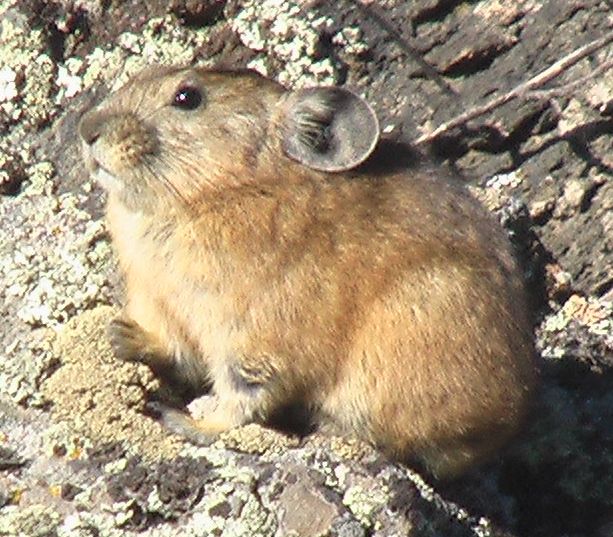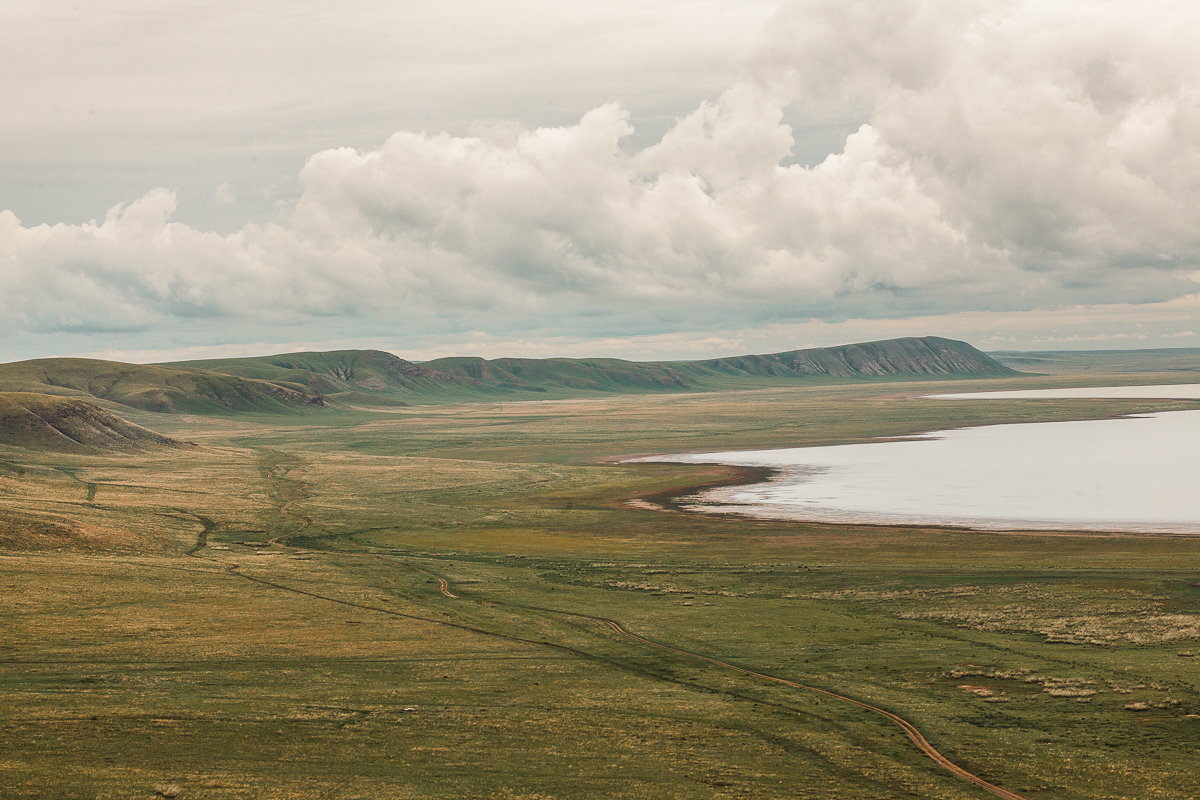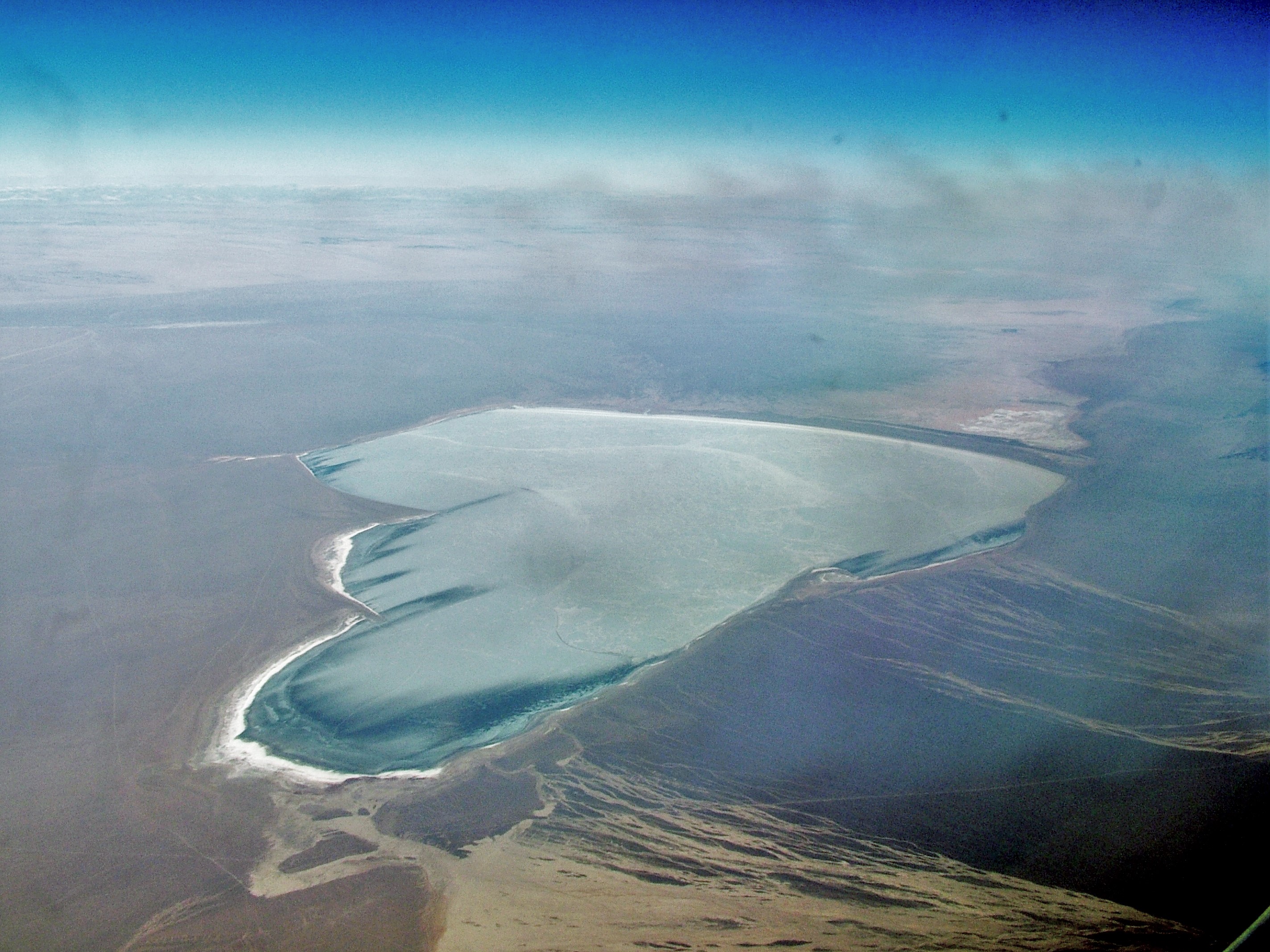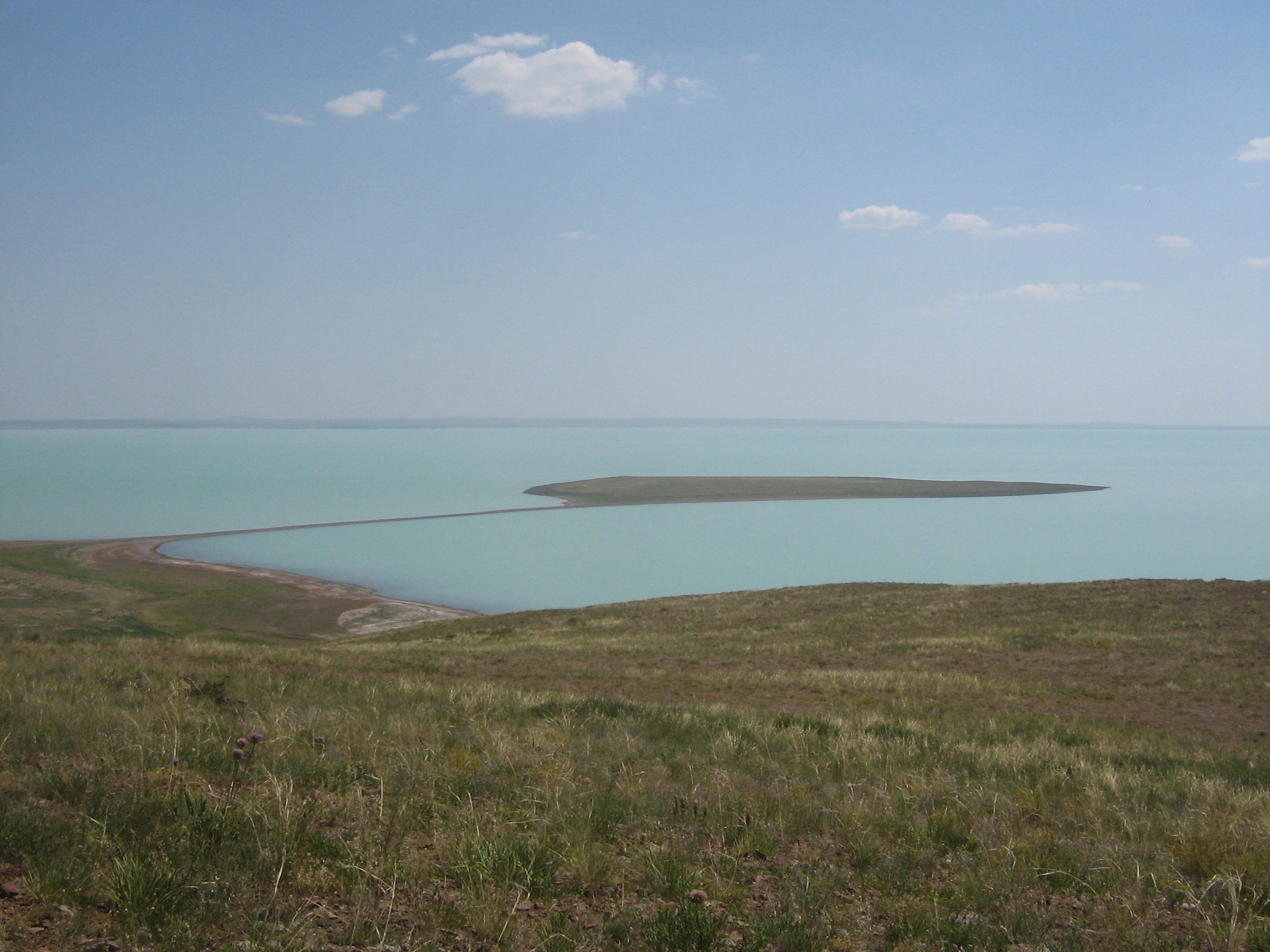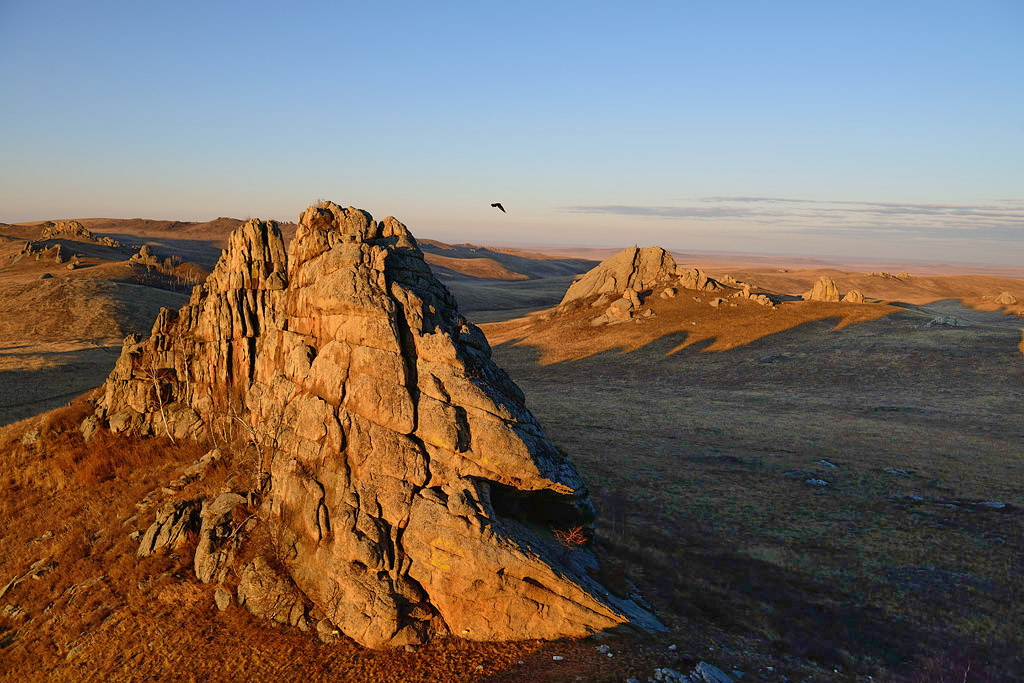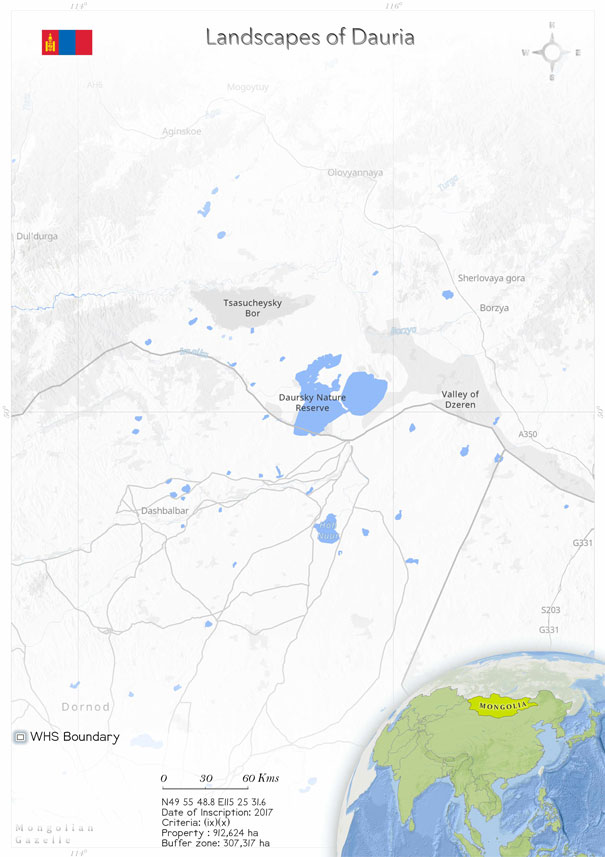
Landscapes of Dauria (1448)
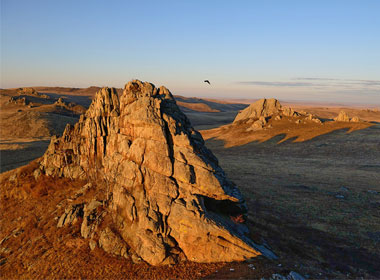 The Landscapes of Dauria were inscribed as a World Heritage Site in 2017. Falling under the transboundary category, the Landscapes of Dauria are located in Mongolia and the Russian Federation. The property has a total extent of 912,624 ha and a buffer zone of 307,317 ha stretch from eastern Mongolia to Russian Siberia and into north-eastern China. The landscapes of Dauria also have other national designations in the two countries. In the Russian Federation, there are the Daursky State Biosphere Reserve (core and buffer zones) and the Valley of Dzeren Federal Nature. In Mongolia, there are Mongol Daguur and the Ugtam Nature Refuge. This property also includes a Ramsar site and UNESCO biosphere reserves in Mongolia (Mongol Daguur) and the Russian Federation (Torrey Lake). The Landscapes of Dauria include large and small lakes and wetlands and scattered wet meadows and floodplains. The place has a wildly variable climate, which keeps changing cyclically from the cold, humid taiga forest climate to the strong continental semi-arid steppe climate, with hydrological variations over the years. The place is an important resting place for more than 3 million migratory birds such as the white-naped crane, great bustard, and many other vulnerable, endangered or threatened species. The property is known for the longest migratory route in the world. This place lies on the migratory route of the Mongolian gazelle and is a very famous breeding site of this animal (Derek). It is also a sanctuary for the endangered Mongolian marmot (Tarbagan) and Pallas's cat, which are in the Nearly Threatened category of the IUCN. In the IUCN World Heritage Outlook, the site was assigned the category "Good with some concerns."
The Landscapes of Dauria were inscribed as a World Heritage Site in 2017. Falling under the transboundary category, the Landscapes of Dauria are located in Mongolia and the Russian Federation. The property has a total extent of 912,624 ha and a buffer zone of 307,317 ha stretch from eastern Mongolia to Russian Siberia and into north-eastern China. The landscapes of Dauria also have other national designations in the two countries. In the Russian Federation, there are the Daursky State Biosphere Reserve (core and buffer zones) and the Valley of Dzeren Federal Nature. In Mongolia, there are Mongol Daguur and the Ugtam Nature Refuge. This property also includes a Ramsar site and UNESCO biosphere reserves in Mongolia (Mongol Daguur) and the Russian Federation (Torrey Lake). The Landscapes of Dauria include large and small lakes and wetlands and scattered wet meadows and floodplains. The place has a wildly variable climate, which keeps changing cyclically from the cold, humid taiga forest climate to the strong continental semi-arid steppe climate, with hydrological variations over the years. The place is an important resting place for more than 3 million migratory birds such as the white-naped crane, great bustard, and many other vulnerable, endangered or threatened species. The property is known for the longest migratory route in the world. This place lies on the migratory route of the Mongolian gazelle and is a very famous breeding site of this animal (Derek). It is also a sanctuary for the endangered Mongolian marmot (Tarbagan) and Pallas's cat, which are in the Nearly Threatened category of the IUCN. In the IUCN World Heritage Outlook, the site was assigned the category "Good with some concerns."
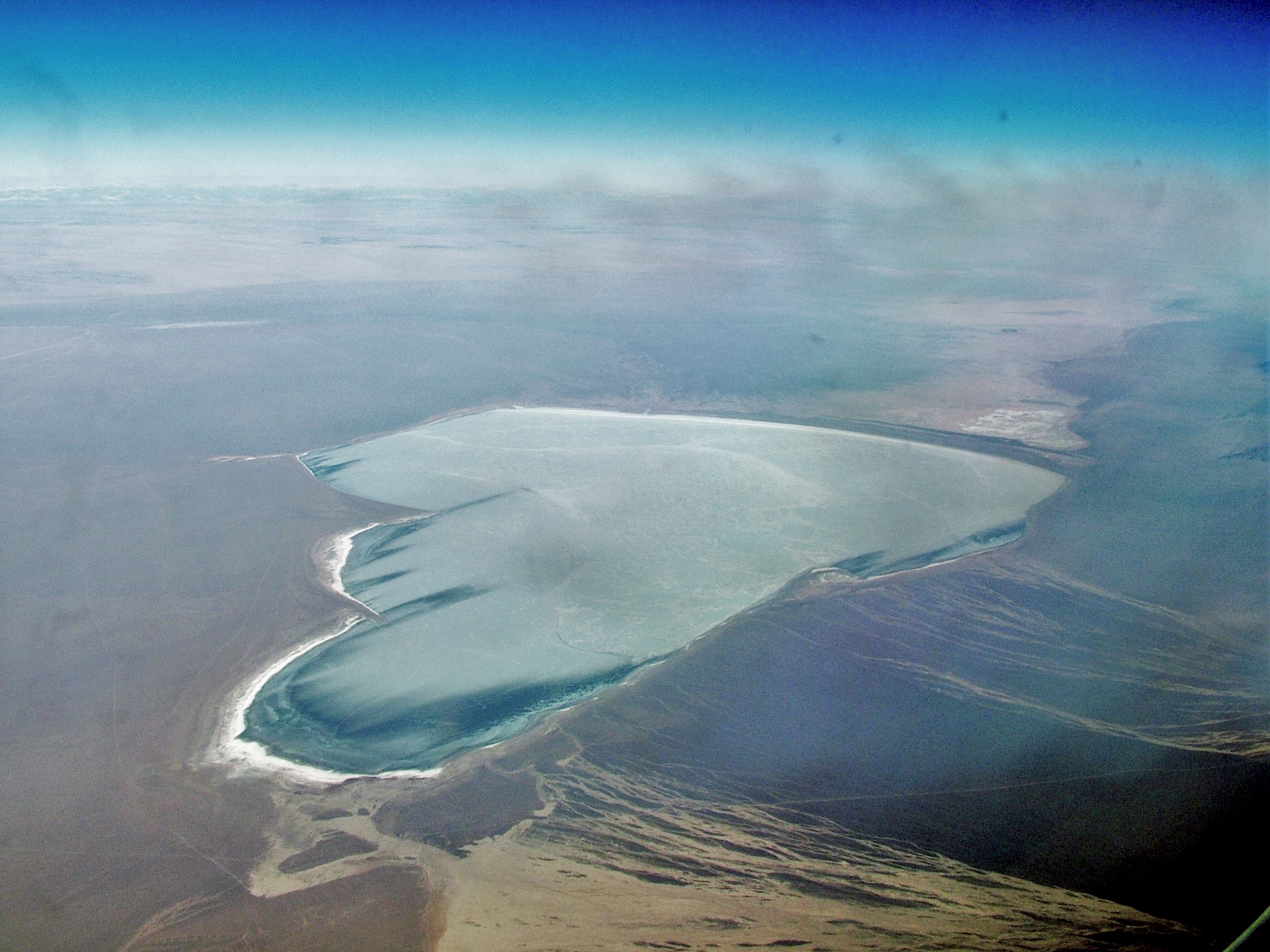 The Landscape of Dauria were nominated for WHS status in 2014 by the IUCN and were contemplated by the World Heritage Committee in 2015. They were included in the World Heritage List in 2017 (UNESCO World Heritage Committee 2017). The Daurian Steppe comes within the vicinity of the Eurasian Steppe, that spreads across three countries: Mongolia, Russia, and China. The place is filled with landscapes of mountains, hills, lakes and wetlands (Buuveibaatar et al. 2016). The place is of global importance because of its rich biodiversity (Bazhenov 2020). The Landscapes of Dauria are an area that is ecologically strongly vulnerable to climatic change. The major part of the property falls within north-east China and east Mongolia. In Russia, the property is known as Zabaikalsky Krai and Buryat Republic (Karamysheva 1993). On 29 March 1994, the Russia–Mongolia–China Dauria International Protected Area (DIPA) was founded at the junction of the three countries. It includes Daursky Biosphere Reserve of Russia; the Mongol Daguur national strictly protected nature area in Dornod aimag of Mongolia, which borders the Russian reserve; and Dalai Lake (Dalaihu) National Nature Reserve in the Inner Mongolia Autonomous Region, China. Moreover, all these belong to Category I of the IUCN PA classification (Simonov et al. 2013).
The place is located 600–800 m above sea level (Karamysheva 1993) and experiences moderate temperatures. It has a semi-arid continental monsoon climate. The average rainfall of the place is between 250 and 350 mm (Bazhenov 2020). The annual precipitation range is 150–350 mm (on average, 290 mm). About 80% of the precipitation falls in summer (June–August), resulting in floods during the wet phases of the climatic cycle. Winters are frosty and windless, with little snow. The maximum thickness of the snow cover is less than 30 cm (Kirilyuk et al. 2013). The biodiversity of the property is very rich. Thus, it is included in the Global 200 Ecoregions of the World as the "Daurian Steppe." According to a report of the WWF, the area includes the Nenjiang River grassland, the Daurian forest-Steppe, the Mongolian–Manchurian Steppe and the Selenge-Orkhon forest-Steppe eco-regions (Olson & Dinerstein 1998). The endemic animals found in the area include the Japanese or red-crowned crane (Grus japonensis), Manchurian tsokor (Myospalax psilurus epsilanus), Mongolian gerbil (Meriones unguiculatus), common crane (Grus grus). Mongolian gazelle (Procapra gutturosa), Daurian hedgehog (Mesechinus dauuricus), Daurian souslik (Spermophilus dauricus), Mongolian lark (Melanocorypha mongolica), upland buzzard (Buteo hemilasius). 90% population of the Mongolian gazelle is found here only. Forty rare bird species are found in the area that are listed in both in the Red List of the IUCN and the national Red Data Books of Russia, Mongolia and China (Kirilyuk et al. 2012). The bat species found are Vespertilio sinensis, V. murinus, Myotis davidii, M. petax, Plecotus ognevi and Eptesicus nilssonii (Bazhenov 2020). Plants of the genera Cymbaria, Saposhnikovia, Filifolium, Panzeria, Schizonepeta, Stellera and Lespedeza can be found in the area. Stipa species are dominant in the area. Filifolium sibiricum (Asteraceae), Leymus chinensis, Stipa baicalensis (Poaceae) are other dominant species of the area (Karamysheva 1993).
The Landscape of Dauria were nominated for WHS status in 2014 by the IUCN and were contemplated by the World Heritage Committee in 2015. They were included in the World Heritage List in 2017 (UNESCO World Heritage Committee 2017). The Daurian Steppe comes within the vicinity of the Eurasian Steppe, that spreads across three countries: Mongolia, Russia, and China. The place is filled with landscapes of mountains, hills, lakes and wetlands (Buuveibaatar et al. 2016). The place is of global importance because of its rich biodiversity (Bazhenov 2020). The Landscapes of Dauria are an area that is ecologically strongly vulnerable to climatic change. The major part of the property falls within north-east China and east Mongolia. In Russia, the property is known as Zabaikalsky Krai and Buryat Republic (Karamysheva 1993). On 29 March 1994, the Russia–Mongolia–China Dauria International Protected Area (DIPA) was founded at the junction of the three countries. It includes Daursky Biosphere Reserve of Russia; the Mongol Daguur national strictly protected nature area in Dornod aimag of Mongolia, which borders the Russian reserve; and Dalai Lake (Dalaihu) National Nature Reserve in the Inner Mongolia Autonomous Region, China. Moreover, all these belong to Category I of the IUCN PA classification (Simonov et al. 2013).
The place is located 600–800 m above sea level (Karamysheva 1993) and experiences moderate temperatures. It has a semi-arid continental monsoon climate. The average rainfall of the place is between 250 and 350 mm (Bazhenov 2020). The annual precipitation range is 150–350 mm (on average, 290 mm). About 80% of the precipitation falls in summer (June–August), resulting in floods during the wet phases of the climatic cycle. Winters are frosty and windless, with little snow. The maximum thickness of the snow cover is less than 30 cm (Kirilyuk et al. 2013). The biodiversity of the property is very rich. Thus, it is included in the Global 200 Ecoregions of the World as the "Daurian Steppe." According to a report of the WWF, the area includes the Nenjiang River grassland, the Daurian forest-Steppe, the Mongolian–Manchurian Steppe and the Selenge-Orkhon forest-Steppe eco-regions (Olson & Dinerstein 1998). The endemic animals found in the area include the Japanese or red-crowned crane (Grus japonensis), Manchurian tsokor (Myospalax psilurus epsilanus), Mongolian gerbil (Meriones unguiculatus), common crane (Grus grus). Mongolian gazelle (Procapra gutturosa), Daurian hedgehog (Mesechinus dauuricus), Daurian souslik (Spermophilus dauricus), Mongolian lark (Melanocorypha mongolica), upland buzzard (Buteo hemilasius). 90% population of the Mongolian gazelle is found here only. Forty rare bird species are found in the area that are listed in both in the Red List of the IUCN and the national Red Data Books of Russia, Mongolia and China (Kirilyuk et al. 2012). The bat species found are Vespertilio sinensis, V. murinus, Myotis davidii, M. petax, Plecotus ognevi and Eptesicus nilssonii (Bazhenov 2020). Plants of the genera Cymbaria, Saposhnikovia, Filifolium, Panzeria, Schizonepeta, Stellera and Lespedeza can be found in the area. Stipa species are dominant in the area. Filifolium sibiricum (Asteraceae), Leymus chinensis, Stipa baicalensis (Poaceae) are other dominant species of the area (Karamysheva 1993).
Criterion (ix)
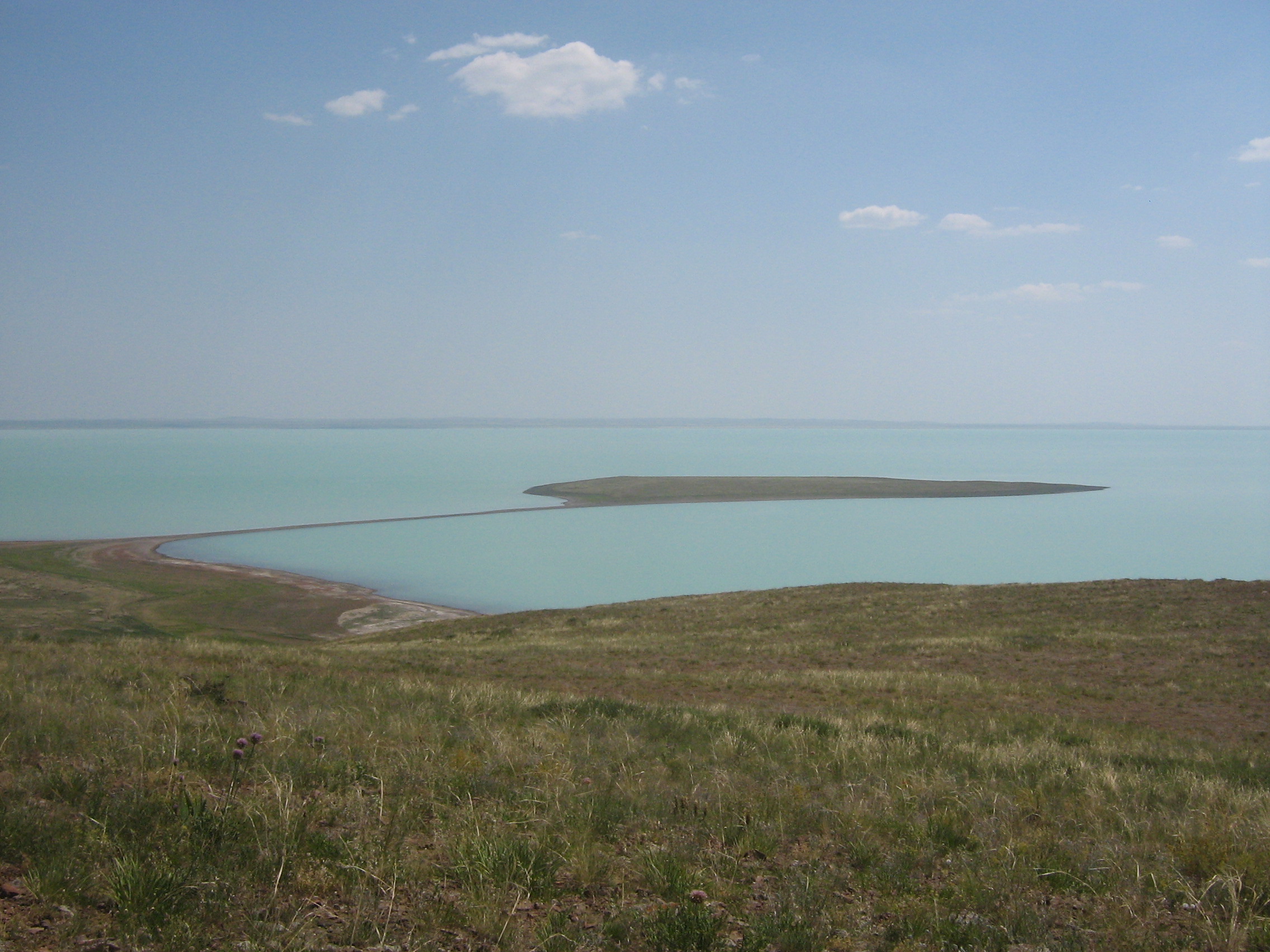 The Landscapes of Dauria contains substantial and relatively undisturbed areas of different types of steppe, ranging from grassland to forest, as well as many lakes and wetlands. All these habitats host a diversity of species and communities characteristic of the northern part of the vast Daurian Steppe ecoregion. Cyclic climate changes with distinct wet and dry periods lead to high species and ecosystem diversity which is globally significant and offers outstanding examples of ongoing ecological and evolutionary processes. The property also includes key natural habitats for many animal species during their annual migration, some of which also breed in the area. The high diversity of ecosystems, biotopes and their transition-zones in the property is indicative of the many evolutionary adaptive processes undergone by species living in this unique area.
The Landscapes of Dauria contains substantial and relatively undisturbed areas of different types of steppe, ranging from grassland to forest, as well as many lakes and wetlands. All these habitats host a diversity of species and communities characteristic of the northern part of the vast Daurian Steppe ecoregion. Cyclic climate changes with distinct wet and dry periods lead to high species and ecosystem diversity which is globally significant and offers outstanding examples of ongoing ecological and evolutionary processes. The property also includes key natural habitats for many animal species during their annual migration, some of which also breed in the area. The high diversity of ecosystems, biotopes and their transition-zones in the property is indicative of the many evolutionary adaptive processes undergone by species living in this unique area.
Criterion (x)
The transboundary serial property conserves an excellent example of Daurian steppe and its characteristic wildlife including a number of globally threatened bird species (White-naped Crane, Hooded Crane, Swan Goose, Relict Gull, Great Bustard and Saker Falcon) as well as the endangered Tarbagan Marmot. It also provides essential breeding and resting habitat for birds along the East Asian-Australasian Flyway, with up to 3 million birds in spring and 6 million in autumn using the area during migration. The property also provides critical winter grounds and seasonal transboundary migration routes of the emblematic Mongolian Gazelle.
Status
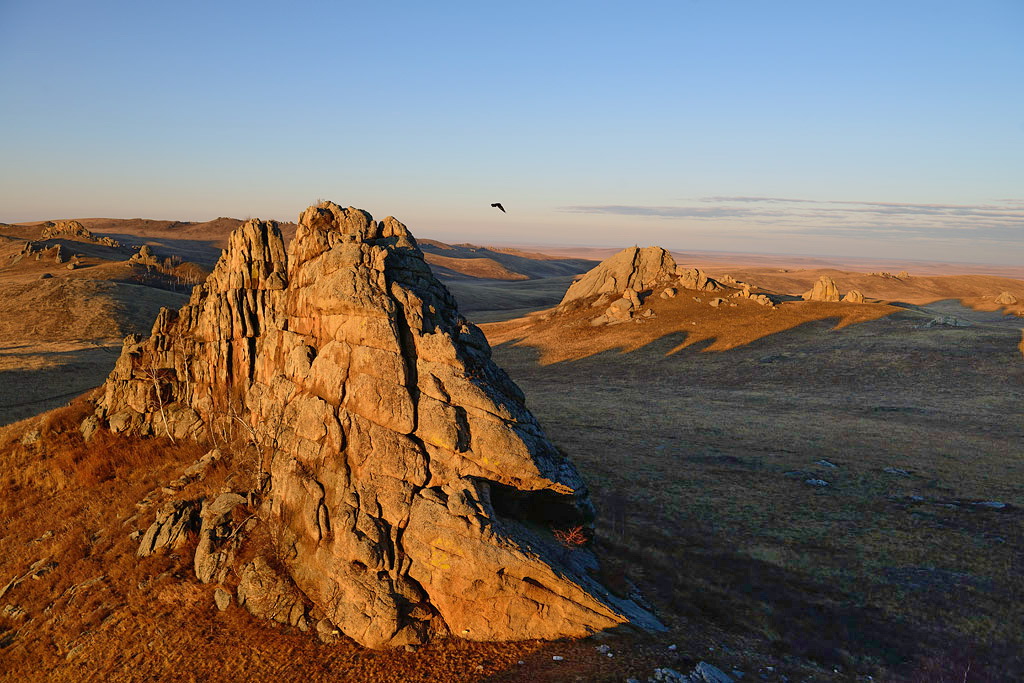 The Landscapes of Dauria come under the category of transboundary WHS. They are under the control of the government, the scientific and non-governmental institution of Mongolia, and the Russian Federation. It is given the highest level of protection by the national laws in both Mongolia and Russia. The property is being intervened by the China–Mongolia–Russian International Protected Area Agreement (DIPA) since 1994. It is because of this agreement that the State Parties are able to discuss its conservation and management issues at the political and operational levels regularly, which also provides an assurance of its safety. The current status of the State Reserve, strictly protected areas and federal nature refuge ensure the ecosystem will be conserved and will develop naturally (UNESCO whc.unesco.org).
The formation of this trilateral protected area played an essential role in the protection of migrant species of mammal and bird. The main objective of the setting up of this international protected area was to provide complete protection for monitoring natural processes and phenomena in the Dauria Steppe ecosystem. After the formation of this international body, a joint inventory of animals and plants was created, and a survey was carried out by joint scientific expeditions, covering an area of 300,000 km2.
According to the IUCN World Heritage Outlook 2020, the site is in good condition despite having some threats. More conservative measures are to be taken to manage the site’s value in the present and long term. Global climate change is responsible for the hydrological regime of the property, which is causing harsh living conditions. In the future, the place may experience even more critical conditions. The area is located far from human habitats and thus there is very little human Impact. However, there are some issues in the property like overgrazing, frequent fires, hunting of birds, poaching and fences blocking the migration routes of the Mongolian gazelle. Climate change is also impacting water resources due to climate change (World Heritage Watch Report 2018).
The Landscapes of Dauria come under the category of transboundary WHS. They are under the control of the government, the scientific and non-governmental institution of Mongolia, and the Russian Federation. It is given the highest level of protection by the national laws in both Mongolia and Russia. The property is being intervened by the China–Mongolia–Russian International Protected Area Agreement (DIPA) since 1994. It is because of this agreement that the State Parties are able to discuss its conservation and management issues at the political and operational levels regularly, which also provides an assurance of its safety. The current status of the State Reserve, strictly protected areas and federal nature refuge ensure the ecosystem will be conserved and will develop naturally (UNESCO whc.unesco.org).
The formation of this trilateral protected area played an essential role in the protection of migrant species of mammal and bird. The main objective of the setting up of this international protected area was to provide complete protection for monitoring natural processes and phenomena in the Dauria Steppe ecosystem. After the formation of this international body, a joint inventory of animals and plants was created, and a survey was carried out by joint scientific expeditions, covering an area of 300,000 km2.
According to the IUCN World Heritage Outlook 2020, the site is in good condition despite having some threats. More conservative measures are to be taken to manage the site’s value in the present and long term. Global climate change is responsible for the hydrological regime of the property, which is causing harsh living conditions. In the future, the place may experience even more critical conditions. The area is located far from human habitats and thus there is very little human Impact. However, there are some issues in the property like overgrazing, frequent fires, hunting of birds, poaching and fences blocking the migration routes of the Mongolian gazelle. Climate change is also impacting water resources due to climate change (World Heritage Watch Report 2018).
